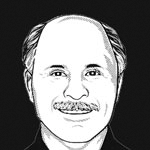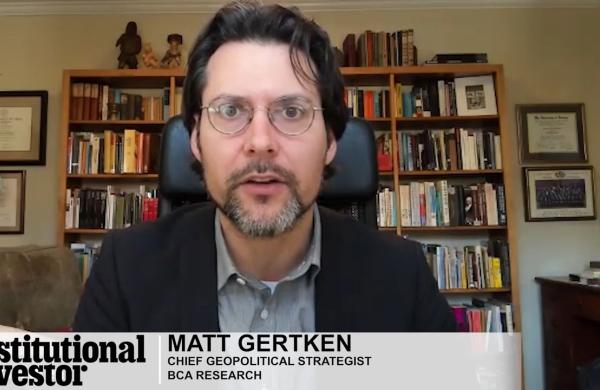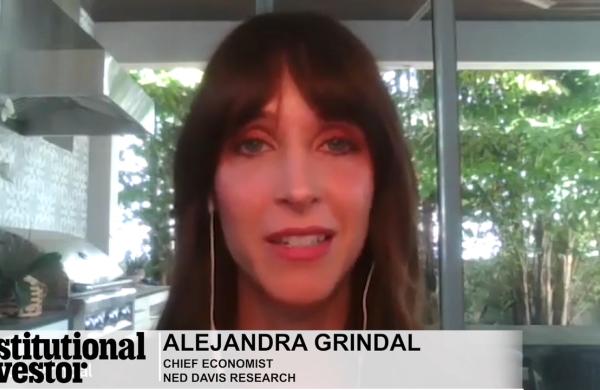They’re back.
Investors plunked down a net $19 billion of new capital into hedge funds in the third quarter, the largest quarterly capital inflow since the fourth quarter of 2007, according to Hedge Fund Research (HFR).
If you include price appreciation, total industry capital increased by $120 billion in the third quarter, the largest quarterly increase in assets in over three years.
Altogether, there is now $1.77 trillion in total assets invested in the hedge fund industry. This is just shy of the $1.86 trillion recorded at year-end 2007 and not too far off from the all-time high of $1.93 trillion in June 2008.
For the first three quarters of this year, more than $42 billion of new money has been pumped into hedge funds.
In 2008 and 2009, about $286 billion was removed from the asset class.
Of course, in an earlier report, HFR pointed out that most of this new money is flowing to the largest funds. During the first half of 2010, nearly all of the $23 billion of new investor capital went to firms with greater than $5 billion in assets under management, according to HFR. These firms currently control about 60 percent of all hedge fund industry capital.
Not all strategies, however, are benefitting from this surge.
Relative Value and Macro strategies each experienced inflows of nearly $7 billion. Event Driven funds saw inflows of $5.7 billion.
On the other hand, Equity Hedge strategies experienced a net outflow of nearly $600 million. Equity Hedge includes Equity Market Neutral, Fundamental Growth, Fundamental Value, Quantitative Directional, and Short Bias.
Certainly it makes sense that Short Bias is out of favor, given the strategy lost 24 percent last year and another 11 percent so far this year.
However, market pros are also concerned that the overall stock market is moving in lock-step, without differentiating between good and bad companies. So, some equity long-short managers have complained that it has become much harder to sell short.
Hence, the move to macro investing, where many managers are using exchange traded funds to make sector and market bets.






